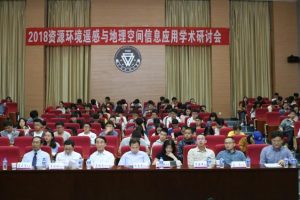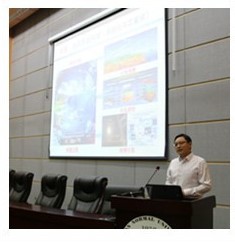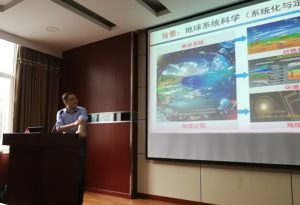Professor Linwang Yuan was invited to attend the Symposium on “Remote Sensing of Resources and Environment and Application of Geospatial Information” of Yunnan Normal University
June 23-24, 2018, the symposium “Remote Sensing of Resources and Environment and Geospatial Information Applications”, hosted by the School of Tourism and Geography, the Key Laboratory of Resource and Environment Remote Sensing of Yunnan Province, and the Geospatial Information Engineering Technology Research Center of Yunnan Province, was held at Yunnan Normal University. The conference focused on the theme of “Development of Remote Sensing Technology in the New Age Resource Environment”.

Professor Linwang Yuan was invited to attend the symposium and gave a report “Geometry Algebra and GIS: Mapping and Construction”, which analyzed the relationship between different disciplines and GIS from the point of view of mathematics and physics, and analyzed the application in GIS software.

